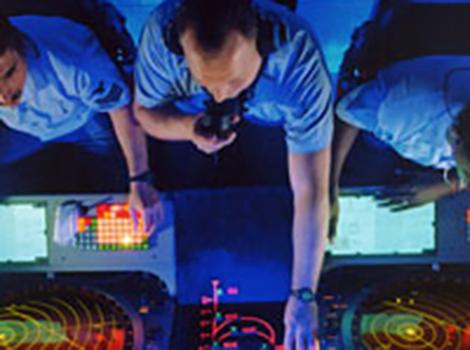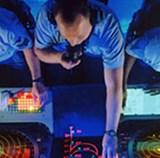Using AESA Radar / E-Scan Radar for Air Traffic Control Radar (ACTR)
Spectrum Control's Novel Solutions for Phased Array, E-Scan Radars
Air traffic control relies on a mix of radar and skilled air traffic controllers to safely guide the path of planes from takeoff to landing.Radar surveillance at airports is particularly difficult. The close distance between aircraft makes airspace surveillance difficult. Furthermore, reflections from service vehicles and airport structures can interfere with surveillance, causing results to be unreliable. Never are these limitations more magnified than during adverse weather conditions. It is during these times pilots and air traffic controllers most heavily rely on radar technology to guide them. Unreliable technology can quickly turn a situation from challenging to disastrous.
AESA (Active Electronically Scanned Array) radar is currently being explored the next generation of Air Traffic Control Radar (ATCR). AESA is a flexible technology platform that is capable of simultaneous, multi-target tracking. This is possible due to the way AESA works: Each system module generates an independent signal. When read together, these combined signals effectively “paint” a broad number of targets. In the case of ATCR, employing AESA technology would allow for greater accuracy, resulting in improved pilot and passenger safety.
Military organizations have embraced AESA radar for use on defense aviation, ground, and maritime platforms, missile defense programs, as well as in support of critical satcom systems. The FAA has followed suit by exploring AESA technology to be employed as part of its overall modernization initiative.
Spectrum Control offers a variety of crucial commercial aviation products, including AESA radar solutions that feature scalable design and ease of integration.

